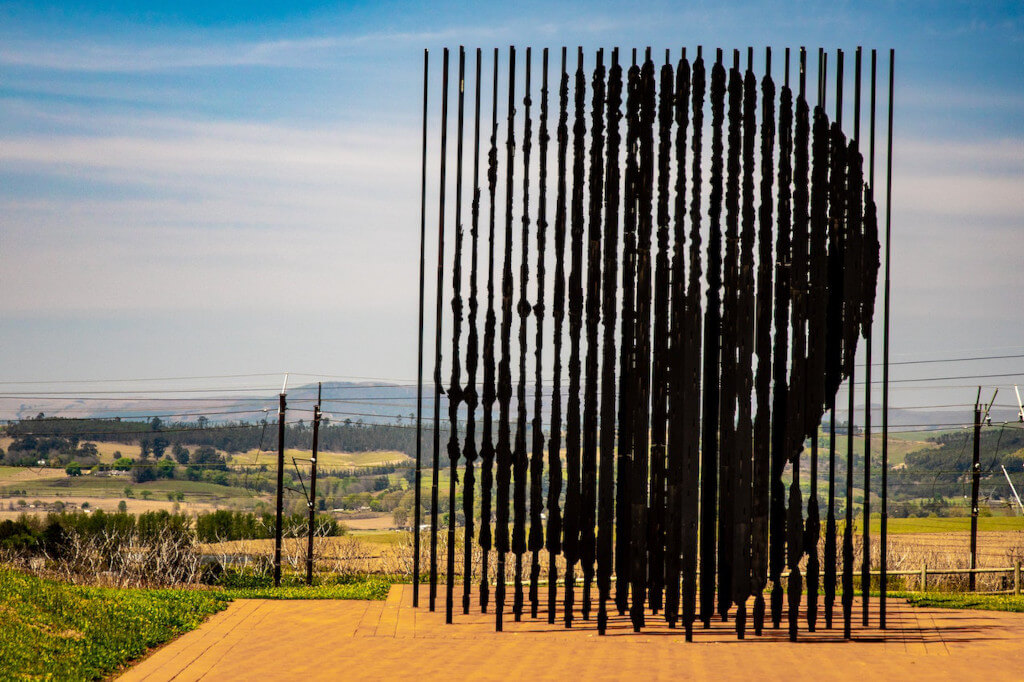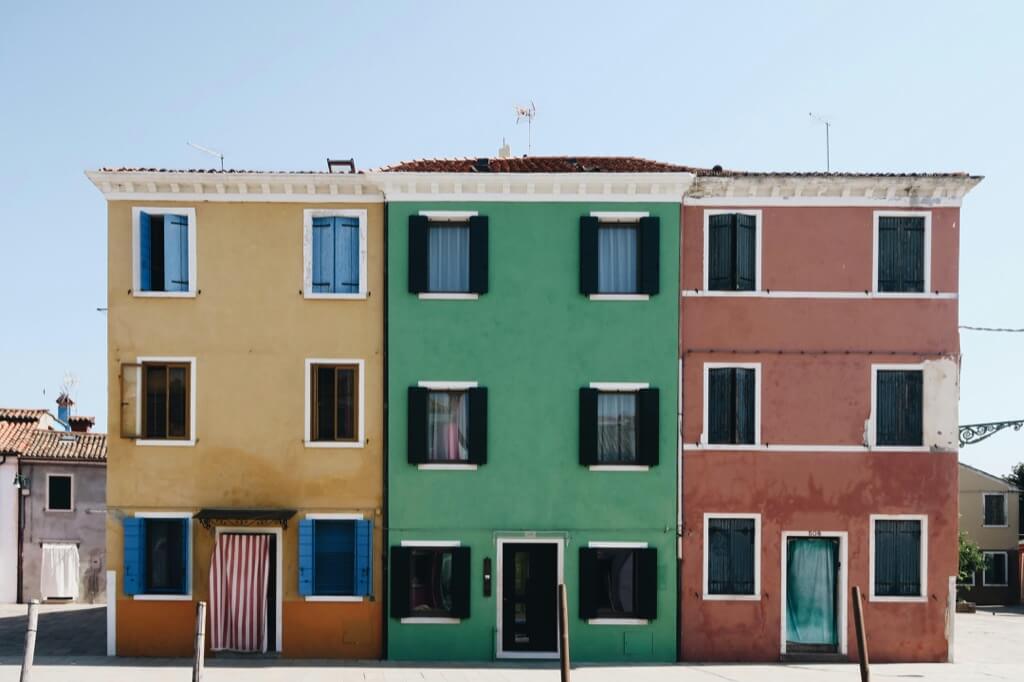A decade after the death of Nelson Mandela, South Africa stands at a pivotal point, reassessing the impact of “Mandela-mania.” This period of introspection is crucial for understanding the profound influence of Mandela, not just as a national hero but as a global icon. This article delves into the various facets of Mandela’s legacy, exploring how his enduring influence shapes perceptions, politics, and society in South Africa and beyond.
In the heart of Pretoria, at the Union Buildings, a towering nine-meter statue of Nelson Mandela stands as a testament to his enduring legacy. With arms outstretched, it symbolizes Mandela’s embrace of a nation and his vision for a unified South Africa. This statue is more than a mere monument; it’s a symbolic reminder of the ideals Mandela stood for.
Mandela’s global influence is further evidenced by over fifty significant artworks worldwide. These tributes, ranging from sculptures in South Africa to murals in London and installations in the occupied West Bank, reflect the universal respect and admiration Mandela garnered. Each piece tells a story of resilience, hope, and the struggle for freedom, resonating with audiences globally.
Nelson Mandela’s autobiography, “Long Walk To Freedom,” remains a global bestseller, offering a compelling narrative of his journey from anti-apartheid revolutionary to president. The book’s enduring popularity underscores Mandela’s role as an inspirational figure whose life story continues to motivate and educate.
Mandela’s presence on national banknotes symbolizes his integral role in South Africa’s identity. These banknotes serve as daily reminders of his contributions to the nation’s history and the ideals of democracy and reconciliation he championed.
Robben Island, where Mandela spent 27 years imprisoned, stands as a stark reminder of the brutalities of apartheid. Today, it’s a significant tourist destination, attracting visitors keen to understand South Africa’s painful past and the extraordinary resilience of Mandela and his fellow inmates.
A decade after Mandela’s passing, opinions about his impact and legacy are diverse. Many regard him as a symbol of peace and reconciliation, while others critique his approach to addressing the deep-seated societal issues stemming from apartheid. This divergence in views reflects the complexity of Mandela’s legacy and the challenges in contextualizing his contributions.
The Mandela Foundation’s “Mandela is Dead” exhibition was a bold move, urging South Africans to move beyond a past-centric view. The exhibition, with interactive elements, invited visitors to engage critically with Mandela’s legacy, reflecting on both his achievements and the unfulfilled aspects of his vision.
The Debate: Hero or Compromise?
Many young South Africans express that Mandela’s efforts, while monumental, did not fully dismantle the societal divides entrenched by decades of apartheid. They argue that economic disparities and racial inequalities persist, suggesting that Mandela’s vision of a fully liberated South Africa remains unrealized.
The Mandela Foundation plays a crucial role in fostering dialogue about his legacy. By acknowledging both the triumphs and shortcomings of Mandela’s tenure, the Foundation encourages a nuanced understanding of his impact.
Verne Harris, a close associate of Mandela and a contributor to the Mandela Foundation, shares his personal reflections on working with Mandela’s archives. His insights reveal the weight of Mandela’s legacy and the emotional complexities of managing such a significant historical figure’s narrative.
A decade on, South Africa, and the world at large, continue to navigate the nuances of Mandela’s immense legacy. The debate around “Mandela-mania” points to a nation still in transition, grappling with its past while looking towards a future that builds upon Mandela’s ideals.
The most significant lesson from Mandela, as highlighted by Harris, is the need for unwavering conviction and perseverance. In a world still rife with inequality and injustice, Mandela’s teachings offer a blueprint for resilience and hope.
Mandela Facts You Didnt Know
- Nelson Mandela was originally named Rolihlahla Mandela. In his Xhosa tribe, the name ‘Rolihlahla’ literally means ‘pulling the branch of a tree,’ but its colloquial meaning is ‘troublemaker.’ The name ‘Nelson’ was given to him by a teacher on his first day at school, as was customary under the British colonial education system in South Africa.
- Mandela was the first in his family to receive a formal education. He attended the University of Fort Hare and later the University of Witwatersrand, where he studied law. He was one of the few black lawyers in South Africa during his time.
- Mandela was expelled from Fort Hare University for participating in a student strike. This act of defiance was an early indicator of his willingness to stand up against systemic injustice.
- In 1952, Mandela, along with Oliver Tambo, opened the first black law firm in South Africa. The law firm provided affordable legal counsel to many blacks who would otherwise have been without representation.
- Mandela co-founded Umkhonto we Sizwe (meaning ‘Spear of the Nation’), the armed wing of the African National Congress (ANC), in 1961. This was in response to the increasing brutality of the apartheid regime and marked a shift from passive resistance to armed struggle.
- Mandela was an avid boxer and runner in his youth. He believed that boxing was not just about physical combat but also about challenging oneself and one’s limitations.
- The term “Mandela Effect” refers to a phenomenon where a group of people remembers something differently than how it occurred. It is named after Mandela because many people incorrectly remembered him dying in prison in the 1980s.
- Nelson Mandela made a cameo appearance in Spike Lee’s 1992 film ‘Malcolm X.’ He played a teacher reciting one of Malcolm X’s speeches to a group of children.
- Mandela was awarded the Nobel Peace Prize in 1993, alongside F.W. de Klerk, the last President of apartheid-era South Africa, for their work in ending the country’s apartheid system.
- Mandela spent 27 years in prison, and during this time, he was allowed just one visitor a year for 30 minutes. He used his time in prison to further his education, reading widely, and even doing his own laundry to maintain self-respect.
As we mark a decade since Nelson Mandela’s passing, his legacy continues to provoke thought, inspire change, and evoke a wide range of emotions. From the reverence symbolized by statues and artworks to the critical voices calling for a reevaluation of his impact, Mandela’s legacy is a mosaic of triumph, compromise, and enduring influence.
His life’s work remains a cornerstone in South Africa’s history and a touchstone for global discussions on freedom, justice, and reconciliation. As South Africans and global citizens reflect on Mandela’s contributions, the focus shifts towards how his vision can be furthered in contemporary society, ensuring that the ideals he fought for continue to resonate and inspire future generations.




